Why Taking Breaks Actually Makes You More Productive

Why taking breaks doesn’t make you lazy (and actually makes you more productive)
Have you ever felt guilty about stepping away from your desk? Like you’re somehow cheating your employer or failing at hustle culture?
Well, I’ve got news for you: taking breaks isn’t just okay—it’s literally making you better at your job.
The research is crystal clear on this. Taking regular breaks throughout your workday significantly boosts productivity, creativity, and overall job satisfaction.
Far from being a waste of time, those 10 minutes you spend staring out the window or taking a walk are actually your secret productivity weapon.
Let’s dive into why breaks are the ultimate productivity hack (with zero guilt required).
Why Your Brain Needs Breaks
Your brain isn’t designed for marathon work sessions. It’s just not.
Think about it like this: your mental energy is like a phone battery that gradually depletes throughout the day. Without recharging, you’ll eventually hit 0% and shut down.
Breaks act as a recovery period for your depleted cognitive resources. They’re like mini mental recharge stations scattered throughout your day.
A comprehensive meta-analysis of workplace breaks found that even micro-breaks (less than 10 minutes) effectively alleviate fatigue and preserve energy. This translates to increased wellbeing across various professions and settings.
Decision Fatigue Is Real
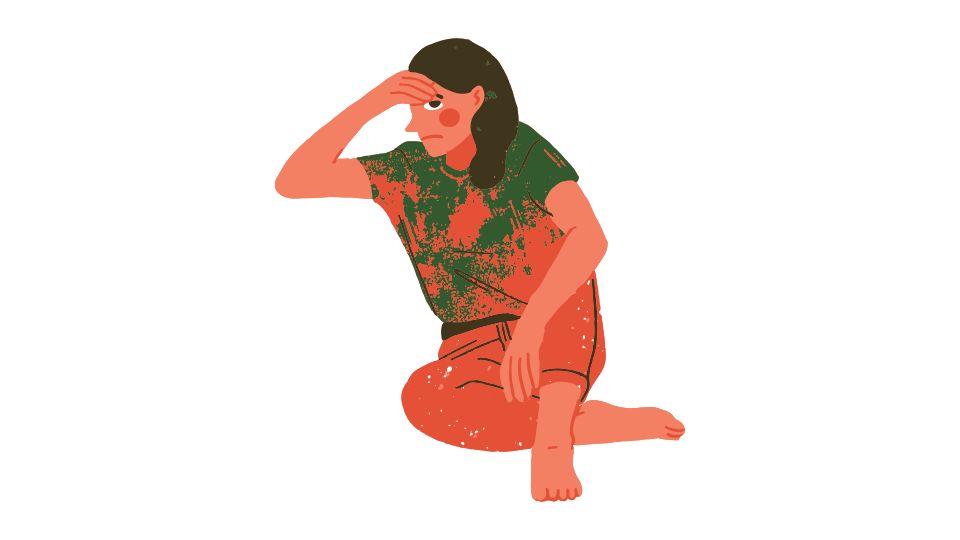
Ever notice how your ability to make good decisions deteriorates as the day goes on?
That’s called decision fatigue, and it’s a documented psychological phenomenon. Each decision you make depletes your mental energy a little bit more.
By the end of a long day without breaks, your brain is running on fumes. The quality of your work suffers, and you’re more likely to:
- Make errors
- Take shortcuts
- Procrastinate
- Get distracted
Breaks prevent this downward spiral by giving your brain time to rest and recharge. Research from the University of Illinois showed that brief diversions from tasks dramatically improve focus and ability to maintain attention.
The Numbers Don’t Lie
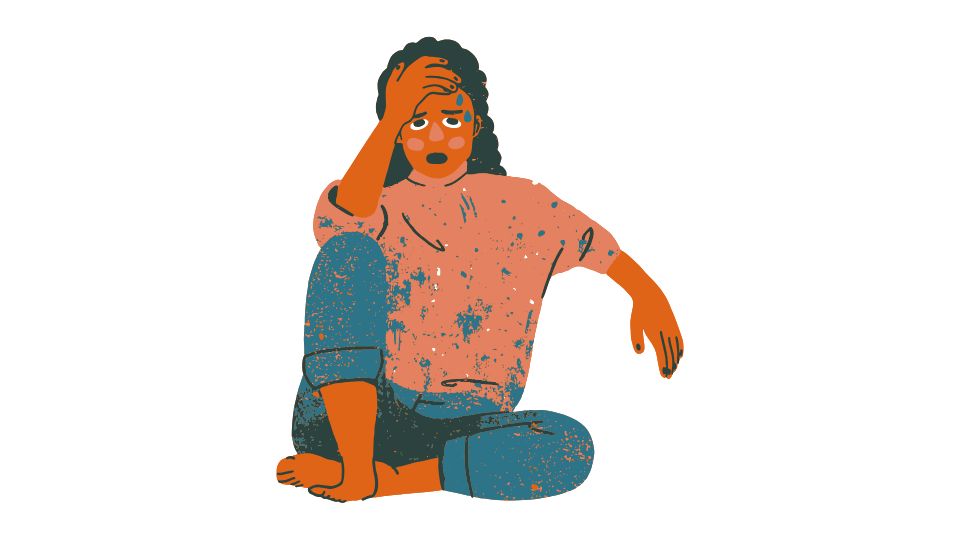
Still not convinced? Let’s talk cold, hard data.
Recent research from Slack’s Workforce Index found that workers who regularly took breaks experienced 13% higher productivity than those who didn’t.
Christina Janzer, SVP of Research at Slack, explains that physical separation from your workstation allows your brain to “unlock,” fostering fresh thinking and brainstorming. It’s essentially a “productivity multiplier.”
Another classic study from Cornell University discovered that workers reminded to take breaks showed 13% more accuracy in their work compared to those who weren’t prompted to pause.
How Breaks Benefit Your Mind and Body
Mental Health Benefits
The mental health benefits of breaks can’t be overstated. Continuous work without pauses leads to:
- Higher stress levels
- Increased risk of burnout
- Decreased job satisfaction
- Poorer overall wellbeing
Regular breaks reduce these risks and support long-term sustainable work performance. From a neurological perspective, breaks help maintain vital cognitive functions like working memory and attention.
Physical Health Benefits
Your body wasn’t designed to sit in one position for hours on end either. Movement breaks promote:
- Better circulation
- Reduced muscle tension
- Lower risk of repetitive strain injuries
- Decreased risk of chronic conditions
Even a quick stretch or short walk during breaks can make a huge difference in how you feel physically. The Mayo Clinic recommends taking a break from sitting every 30 minutes to protect your physical health.
How to Take Effective Breaks
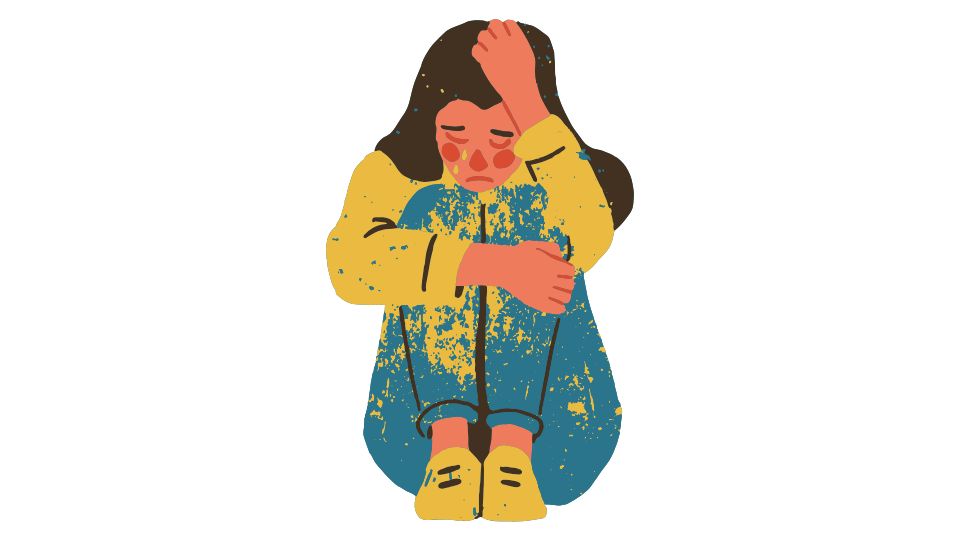
Not all breaks are created equal. The quality and structure of your breaks matter just as much as taking them in the first place.
Best Break Activities
According to research, here are some of the most effective ways to spend your breaks:
- Take a short walk outdoors – Nature exposure plus movement is a powerful combination
- Practice mindfulness or deep breathing – Even 2-3 minutes can reset your stress levels
- Power nap (10-20 minutes) – The perfect length to boost alertness without grogginess
- Stretch your muscles – Counteracts the negative effects of sitting
- Have a real conversation – Social connection boosts mood and creativity
- Engage in a creative outlet – Doodling or listening to music activates different brain regions
What’s NOT great during breaks? Endless social media scrolling or catching up on work emails. These don’t give your brain the true reset it needs.
Break Structure That Works
Research from the Harvard Business Review highlights that the timing and frequency of breaks matter too:
- Take breaks before you feel exhausted, not after
- Shorter, more frequent breaks are better than one long break
- Try the Pomodoro Technique: 25 minutes of work followed by a 5-minute break
- Schedule breaks into your day like you would any other important meeting
Put It Into Practice
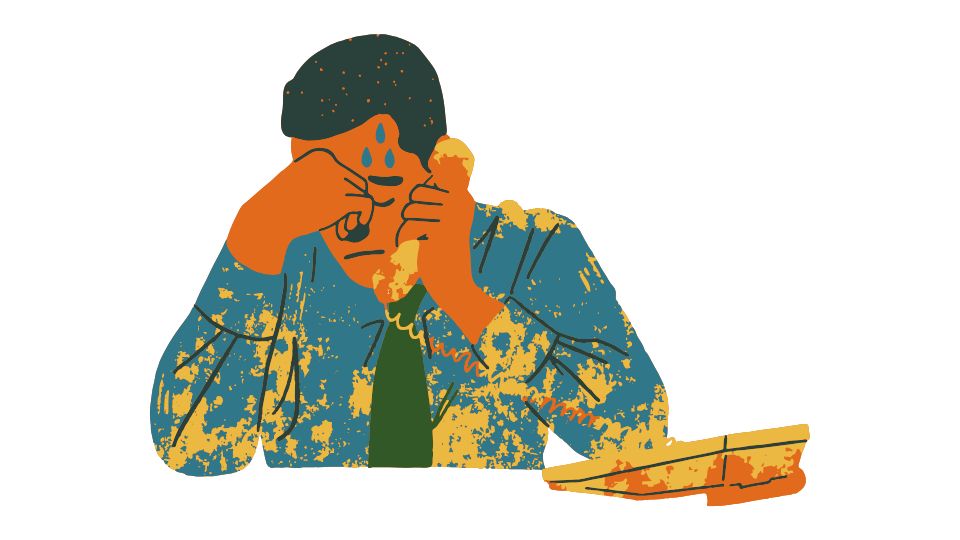
Ready to become a break-taking pro? Here’s how to implement this in your workday:
- Block break time on your calendar – Make it official and protect it
- Set a timer – Use your phone or a dedicated app to remind you
- Move locations – Even going to a different room creates mental separation
- Communicate with coworkers – Let them know you’re taking structured breaks to optimize performance
- Track your productivity – Notice how your energy and focus improve with regular breaks
In summary, taking breaks enhances productivity by restoring cognitive energy, improving mental focus, reducing stress, and increasing creative problem-solving abilities. Ignoring breaks leads to faster burnout, higher stress, and diminished work quality.
So the next time you feel guilty about stepping away from your desk, remember: you’re not being lazy, you’re being strategic. Your brain and body will thank you—and so will your work performance.

